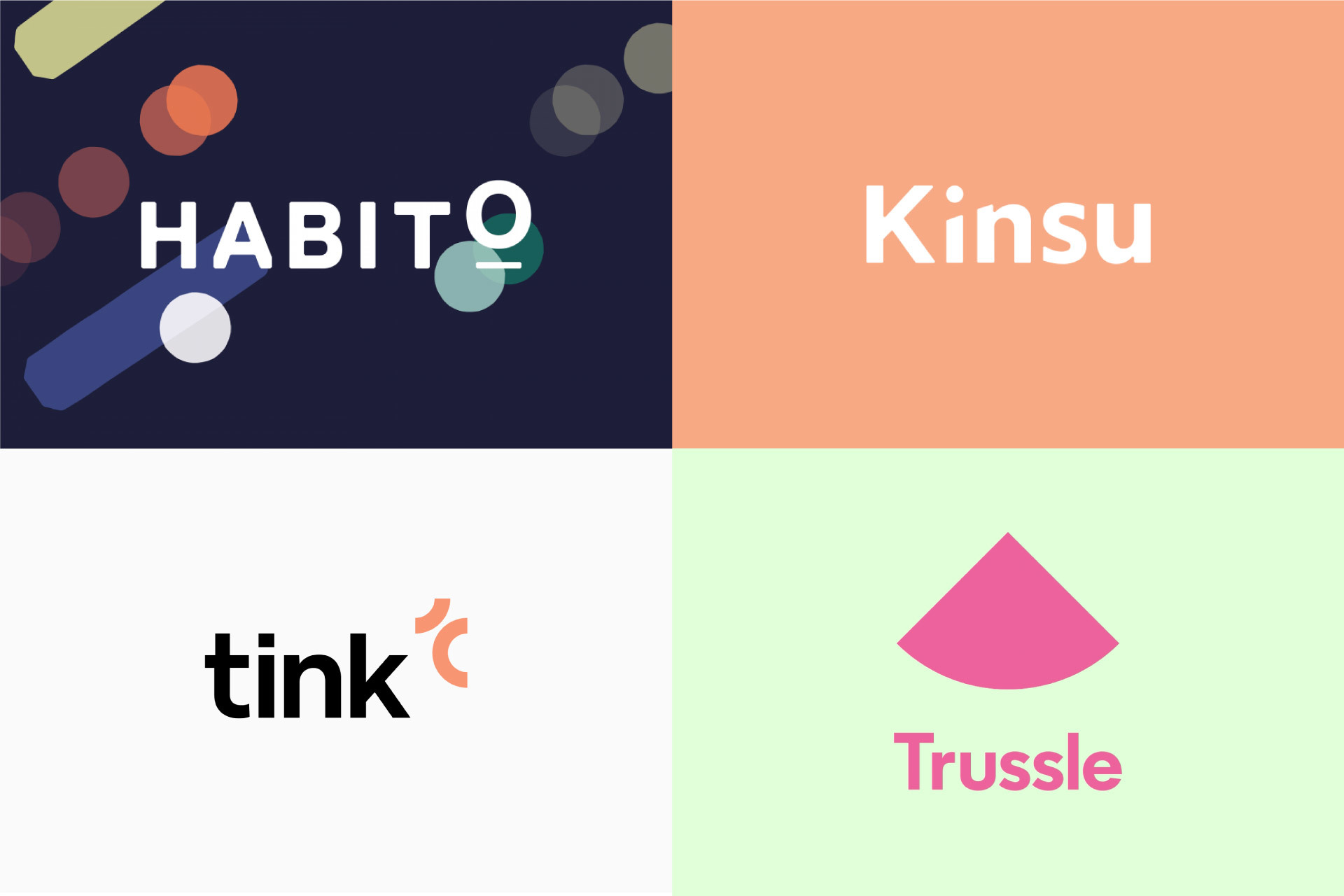The new uniform
Fintechs are great at finding niches they can own in financial services. So why aren’t they doing that with their branding?
No safety in numbers
With clients that range from startups to global institutions, we keep a close eye on trends in financial services branding. We love how fintechs are shaking up this industry. The early days of the fintech revolution produced some true pioneers like Monzo, who teamed novel thinking with bold attitudes. Yet the current trend in fintech branding is towards uniformity rather than originality. Brands are blending in when they should be standing out.
Here are some tips for fintechs on how to avoid becoming part of the herd.

Make your name matter
Monzo, Habito, Kinsu, Tink, Klarna, Trussle, Viola Black – fintechs like an enigmatic name. A short name is always useful for a digital business since it takes up less screen space. It’s better for the brand if the name is descriptive too. We don’t recommend names that may confuse or even inhibit customers because they feel too awkward to say.
Tell the truth
Current trends in fintech visual identity include design minimalism, flat illustration and a pastel-led colour palette. These are so prevalent they’re becoming a cliché. It’s good to come across as warm and friendly, especially when targeting millennials, but it has to be done in an authentic way. Our first rule of branding strategy is that a great brand is always built on truth.
Create emotional ties
No matter how good your technology is, it will not differentiate you in a market where everyone is as digital as you are. Users expect your app to work. It’s how much they enjoy using it that keeps them coming back. You need to create emotional ties through the brand experience. That’s why it’s so important to build the brand before you build the app.
Be single-minded
Adman Maurice Saatchi advocates brutal simplicity of thought for brands. That means getting your story straight and telling it without compromise. By all means look at what others are doing, but don’t be seduced. Stick to your own path. It may wind and you may even pivot in a new direction along the way. But you will always know who you are, and so will your customers.
Have courage
It takes courage to be truly original, but it’s actually riskier to follow the crowd. With so much demand out there for new ideas, looking and sounding the same as everyone else is not just boring: it’s bad for business.

